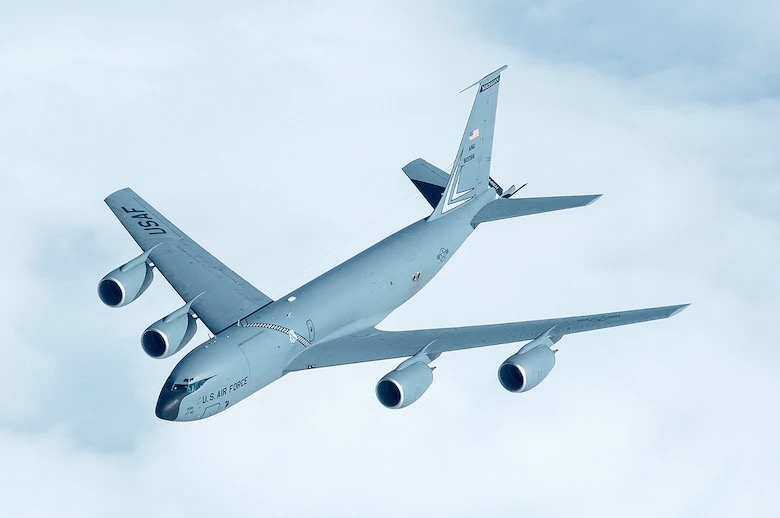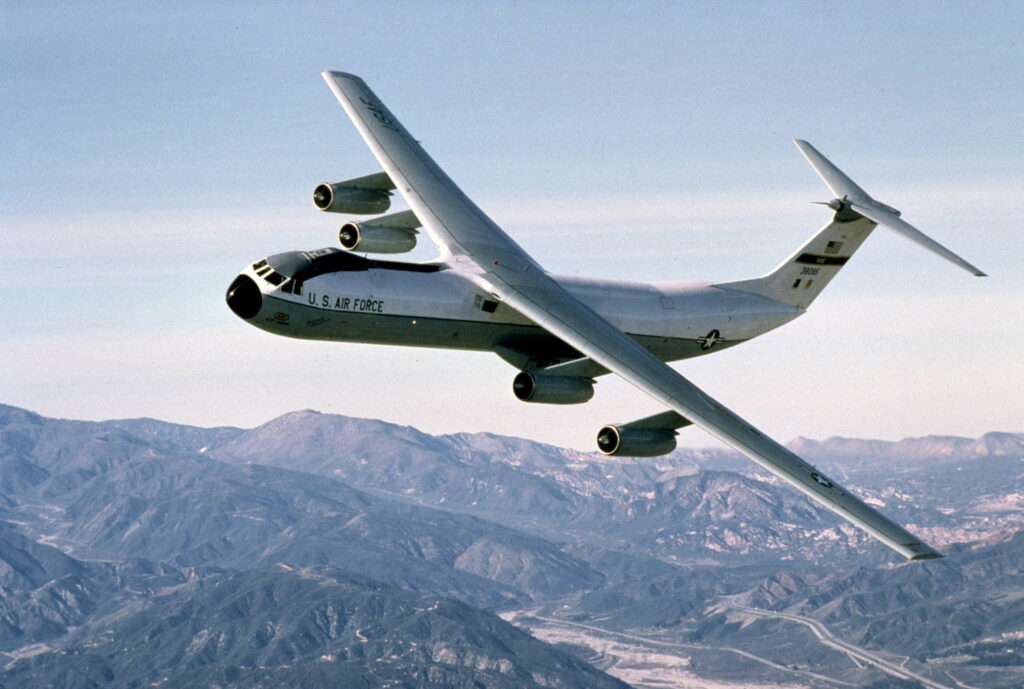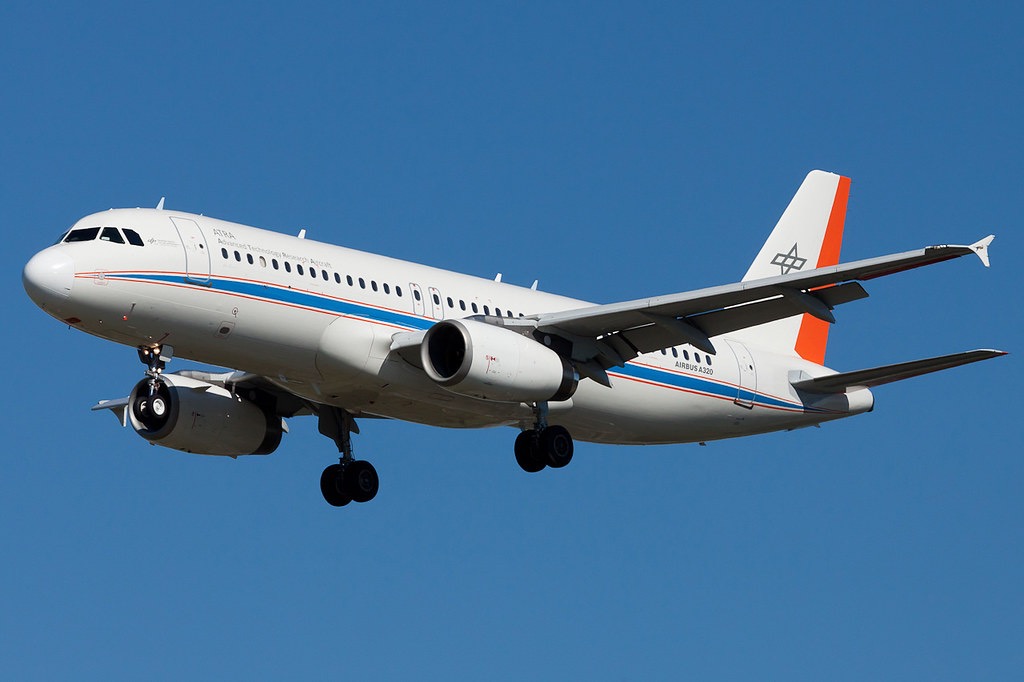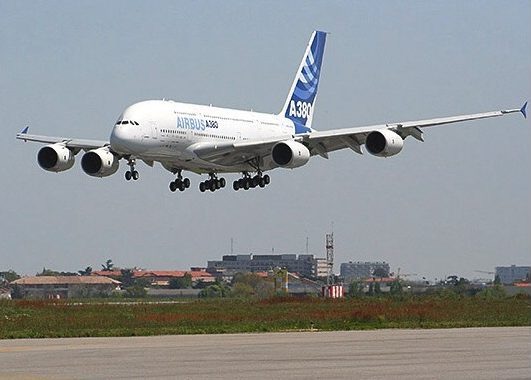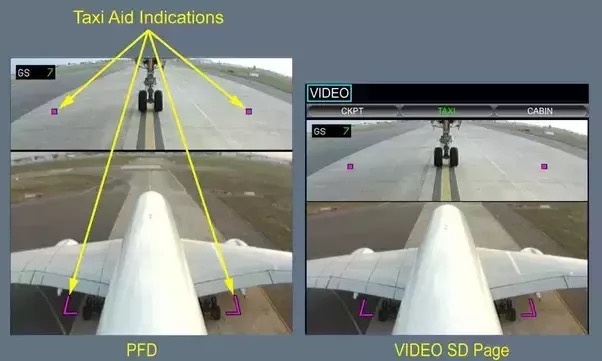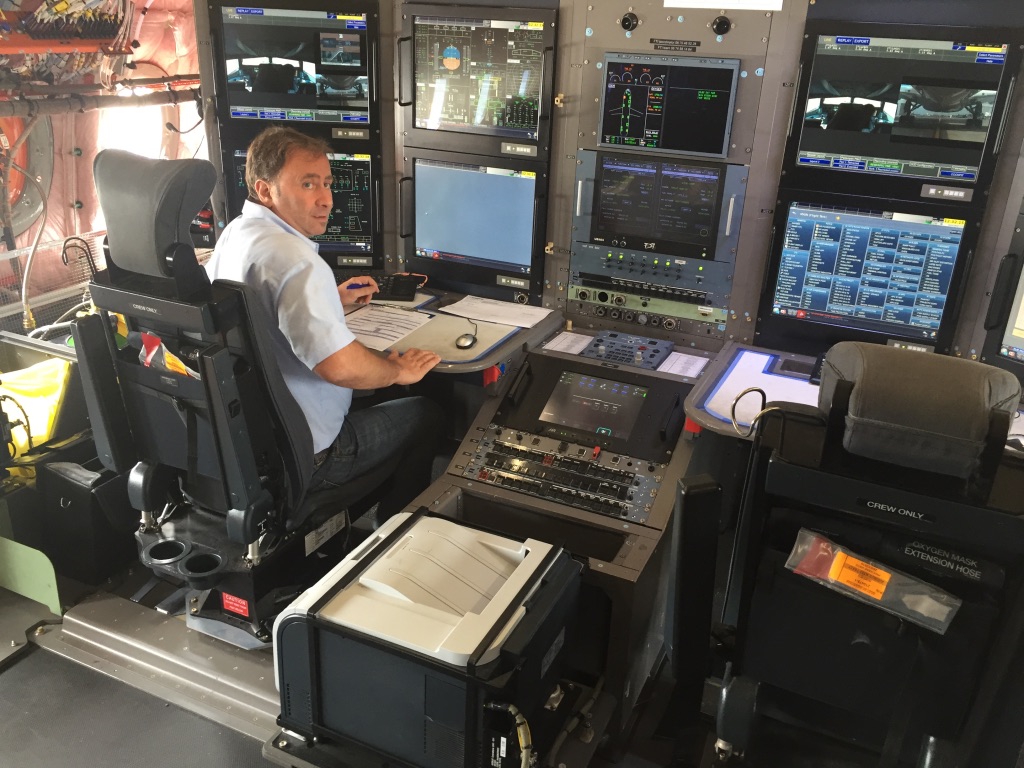Aircraft Information
> Aircraft Make: McDonnell Douglas Model: MD-11 Nickname: Trijet?
> Aircraft Mil Civ Description: Large Jet
> FAA Category and Class: Airplane Multi-engine Land
> Engine Description: tri jet
Aircraft Experience
> As of: 9/2/2021
> Number of Hours Flown: 1
> Number of Times Flown: 1
> Other Aircraft Models Associated: NASA PCA (Propulsion Controlled Aircraft), MD-12, DC-10
First Flown Information
> Sequence First Flown: 83
> Date First Flown: 11/29/1995
> Location First Flown: Edwards AFB, CA (KEDW)
> Who and/or What Organization First Flown With: NASA, Gordon Fullerton
Recollections: My flight in the MD-11 (the only McDonnell Douglas product I think I’ve ever flown) was unique for two major reasons:
(1) the airplane I flew was a research airplane configured to fly using “propulsion control” only. This “Propulsion Controlled Aircraft” (PCA) utilized asymmetric thrust between the two wing-mounted engines to yaw (and therefore roll) the airplane and differential thrust between those engines and the tail-mounted engines to pitch the airplane. All were controlled thru the autopilot controller, using a NASA-designed algorithm. I think this concept was envisioned as a result of the 1989 United Airlines DC-10 Flight 232 accident in Sioux City and the hope that an emergency backup system could be developed to prevent accidents like that one from reoccurring. For more details on this interesting project, go to this link.
(2) The NASA pilot for my flight was Gordon Fullerton. Gordon was one of the most famous test pilots and it was a joy to fly with someone so competent, so humble. A true “Gentleman Test Pilot”.

(c) nasa.gov
The PCA was conducting trials with a number of pilots, to evaluate the concept. I’m not sure how I heard about it but I ended up getting the opportunity to go to Edwards for a flight. The maneuvers consisted of simple maneuvering in the air (altitude changes/captures/maintenance, roll tasks, etc) and finished with an approach and landing. All utilizing the Mode Control Panel (MCP) to control the PCA’s flight path using the autopilot’s links to the thrust. The landing on Edwards runway as probably smoother than I could’ve done hand-flying. In the end this remained only a concept, probably owing to the fact that it would only work on a tri-jet like the MD-11, DC-10 (needed that high, tail-mounted engine for pitch control).
